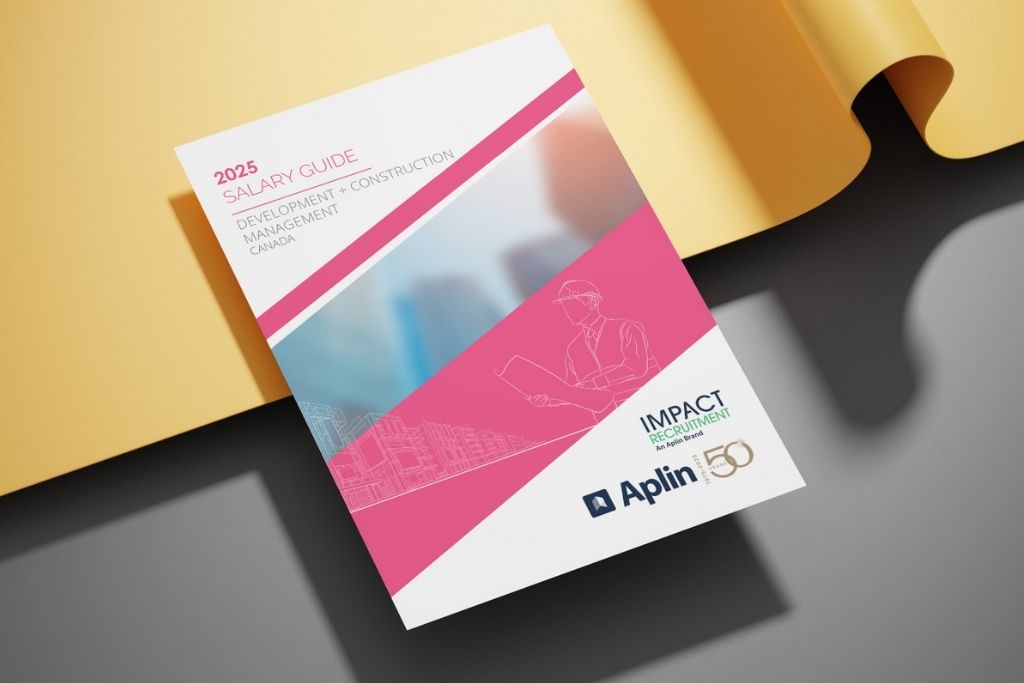When Top Candidates Say No: Why Offers Are Declined and How Employers Can Regain Control
Share This Article
At first glance, the current labour market may favour employers. Unemployment has increased, more job seekers are actively applying, and the candidate pool appears to be larger. However, at Aplin, we’ve observed a different trend. Direct hire offers are being declined at a noticeably higher rate.
The volume of applicants can create the illusion that hiring has become easier. In reality, truly qualified candidates remain in short supply. Individuals with the exact experience, niche skill sets, and leadership capabilities are still highly sought after. They often have multiple opportunities in front of them and can afford to be selective.
So why are more offers being rejected? In most cases, the root causes lie within the hiring process itself. Minor issues, such as misaligned expectations and unnecessary delays, can lead to setbacks in the hiring process. The good news is that these challenges are manageable. By being more intentional, responsive, and transparent, employers can greatly improve their chances of attracting the right talent.
Top-Tier Talent Is Still Scarce
Despite higher unemployment, highly skilled professionals are not flooding the market. The top candidates in any field consistently receive recruiter outreach, interviews, and competing job offers. These individuals are discerning and will only accept a position that meets their expectations for compensation, growth potential, culture, and alignment with leadership.
What to do:
Avoid relying solely on the size of your applicant pool. Focus on identifying truly qualified candidates and act quickly once you find them. Waiting too long to move forward sends the message that the role is not a priority or that the candidate is not the preferred choice. Delays provide competitors with an opening to make an offer and secure the same talent.
A Defined Timeline Builds Trust and Maintains Momentum
A lack of structure in the hiring process often leads to confusion, miscommunication, and disengagement. Candidates notice when interview scheduling takes weeks, when feedback is slow to arrive, or when timelines keep shifting. These inconsistencies suggest a lack of organizational decisions or commitment to the process.
What to do:
Before the role goes to market, establish a clear, realistic timeline for each stage of the hiring journey. Share this timeline with all relevant decision-makers, both internally and externally, including your recruitment partner. By sticking to it, you reduce the chance of delays and improve the overall experience for candidates. A structured process also allows you to stay competitive when top talent is evaluating multiple options.
Ongoing Feedback Keeps Candidates Engaged and Confident
Silence is one of the fastest ways to lose a great candidate. When communication lags between interviews or after final rounds, candidates are left to guess what went wrong. Many will interpret silence as rejection or a lack of interest, even if that is not the case. This often leads them to pursue other roles more actively.
What to do:
Make feedback a priority, not an afterthought. Even if a final decision is still being made, a brief update is far better than no communication at all. A recruitment partner can help ensure that candidates receive timely responses, which maintain engagement and reinforce the professionalism of your brand.
Transparent Compensation Conversations Prevent Last-Minute Surprises
One of the most frustrating experiences for both employers and candidates is reaching the offer stage only to discover there is a significant gap in salary expectations. This situation is not only avoidable but also damaging. Candidates who feel their time has been wasted may walk away entirely, even if they are excited about the role.
What to do:
Discuss salary expectations early in the process. If possible, confirm target ranges before interviews even begin. Your recruitment partner can help facilitate these discussions and guide alignment on both sides. Transparency from the start ensures that by the time the offer is presented, both parties are already on the same page.
A Well-Presented Offer Reflects the Quality of the Organization
The way you deliver an offer says a lot about your company. If the offer is delayed, vague, or delivered with minimal explanation, it can leave candidates questioning the culture and leadership of the organization. Even a competitive offer can lose impact if it is not delivered with care and enthusiasm.
What to do:
Treat the offer as a moment of celebration and clarity. Deliver it promptly after the final interview and accompany it with a personal message. Clearly outline compensation, benefits, start date, reporting structure, and any other details the candidate needs to make an informed decision. Reinforce your enthusiasm and explain why this person was selected. A thoughtful and professional presentation can be the difference between acceptance and rejection.
Declined Offers Are a Valuable Source of Insight
Every time a candidate turns down an offer, there is a reason behind it, and these moments present an opportunity for reflection and improvement. If you do not ask for feedback, you may continue to repeat mistakes that hurt your ability to attract top talent.
What to do:
Work with your recruiter to gather feedback from candidates who decline offers. Understand whether the issue was timing, compensation, cultural alignment, or something else entirely to help refine your process, improve your messaging, and sharpen your overall hiring strategy.
Better Processes Lead to Better Outcomes
Hiring success is not just about identifying talent; it’s also about developing it. It’s about how you engage with candidates, how quickly you move, how clearly you communicate, and how your offer aligns with expectations. When more offers are being declined, it is a signal that something in the process needs attention.
At Aplin, we help employers take a strategic and well-informed approach to direct-hire recruitment. From market insights and compensation alignment to candidate engagement and offer delivery, our team supports every stage of the hiring journey. Together, we can help you turn more offers into acceptances and secure the talent that drives business forward.




